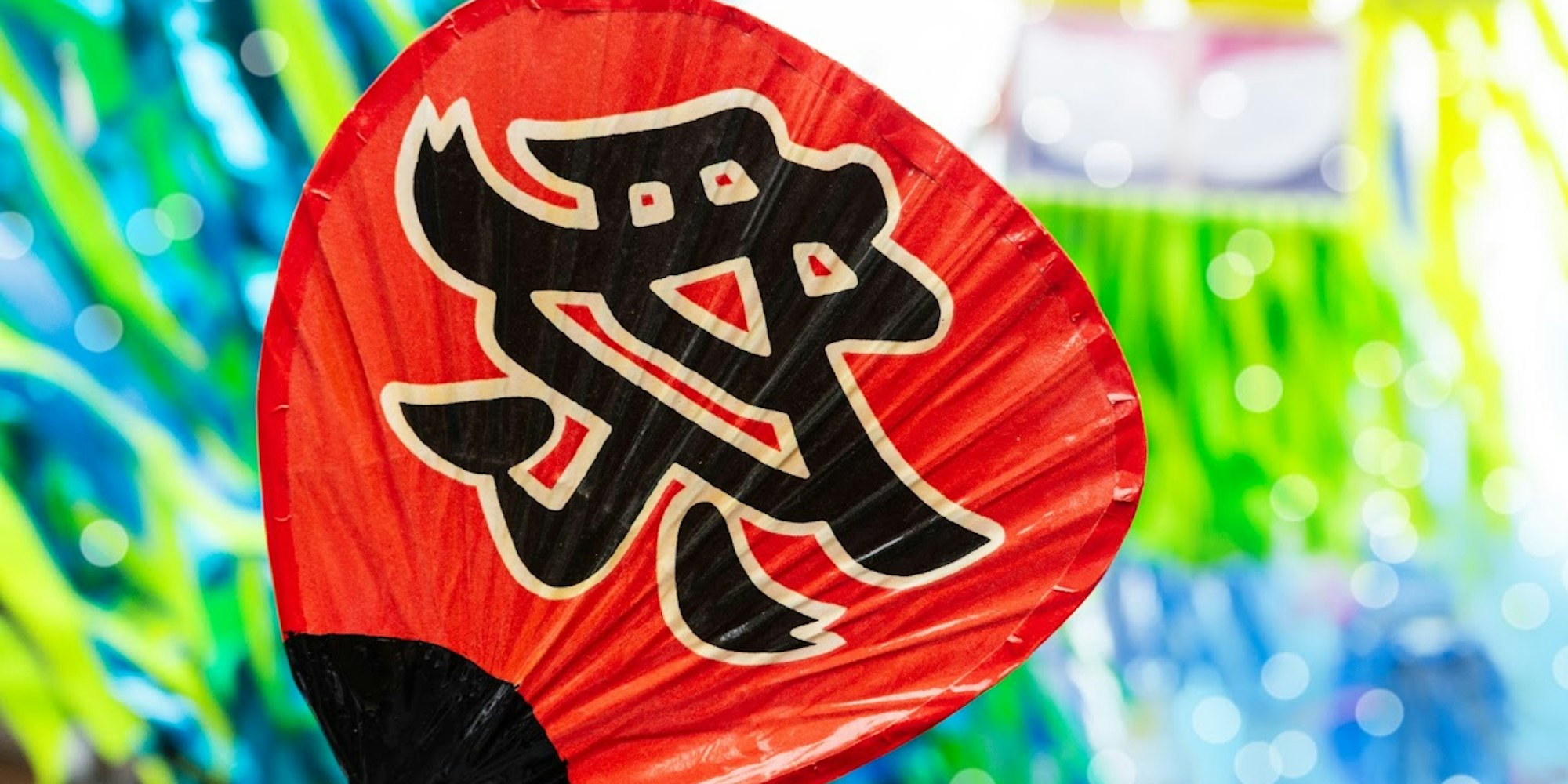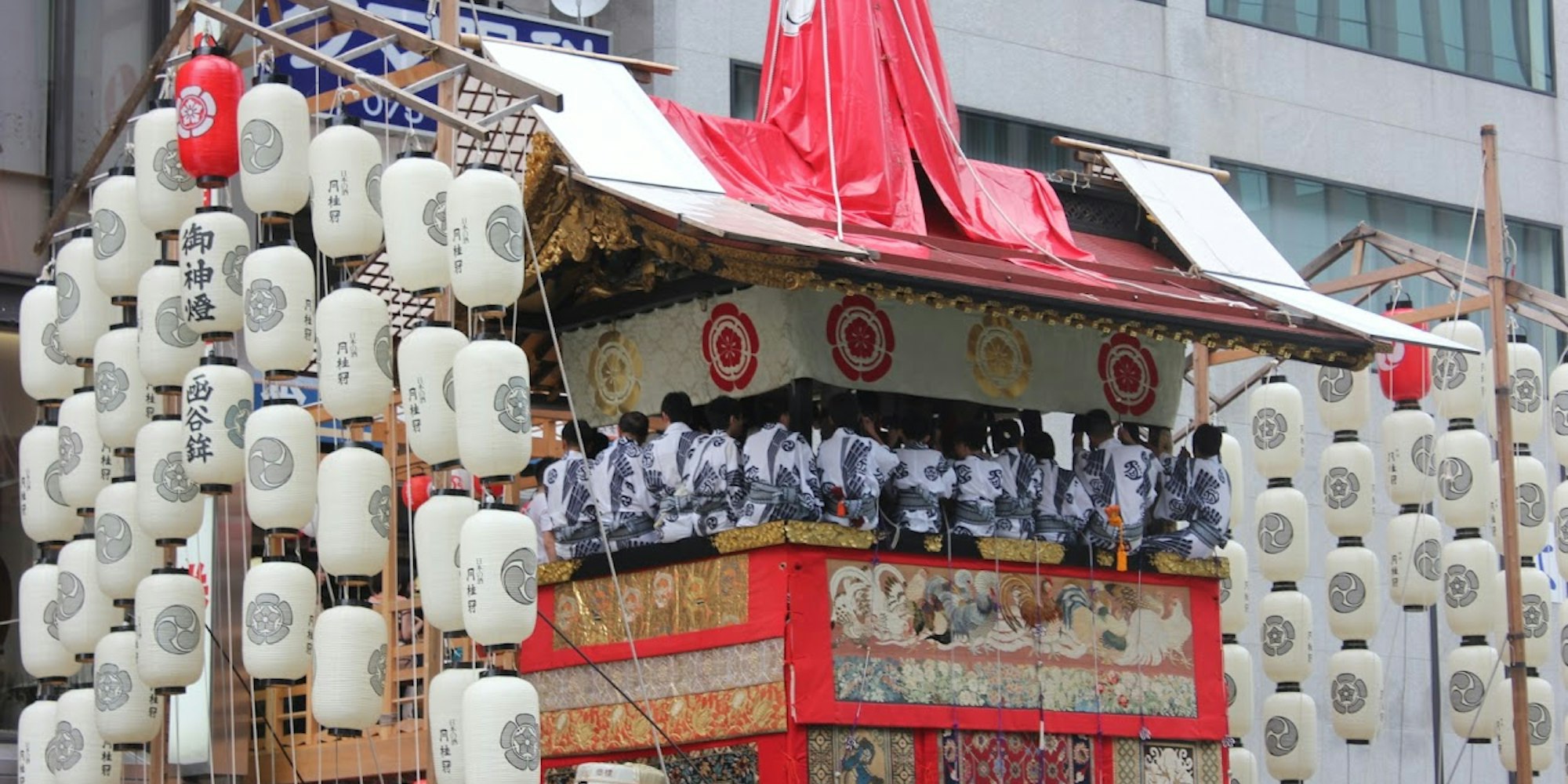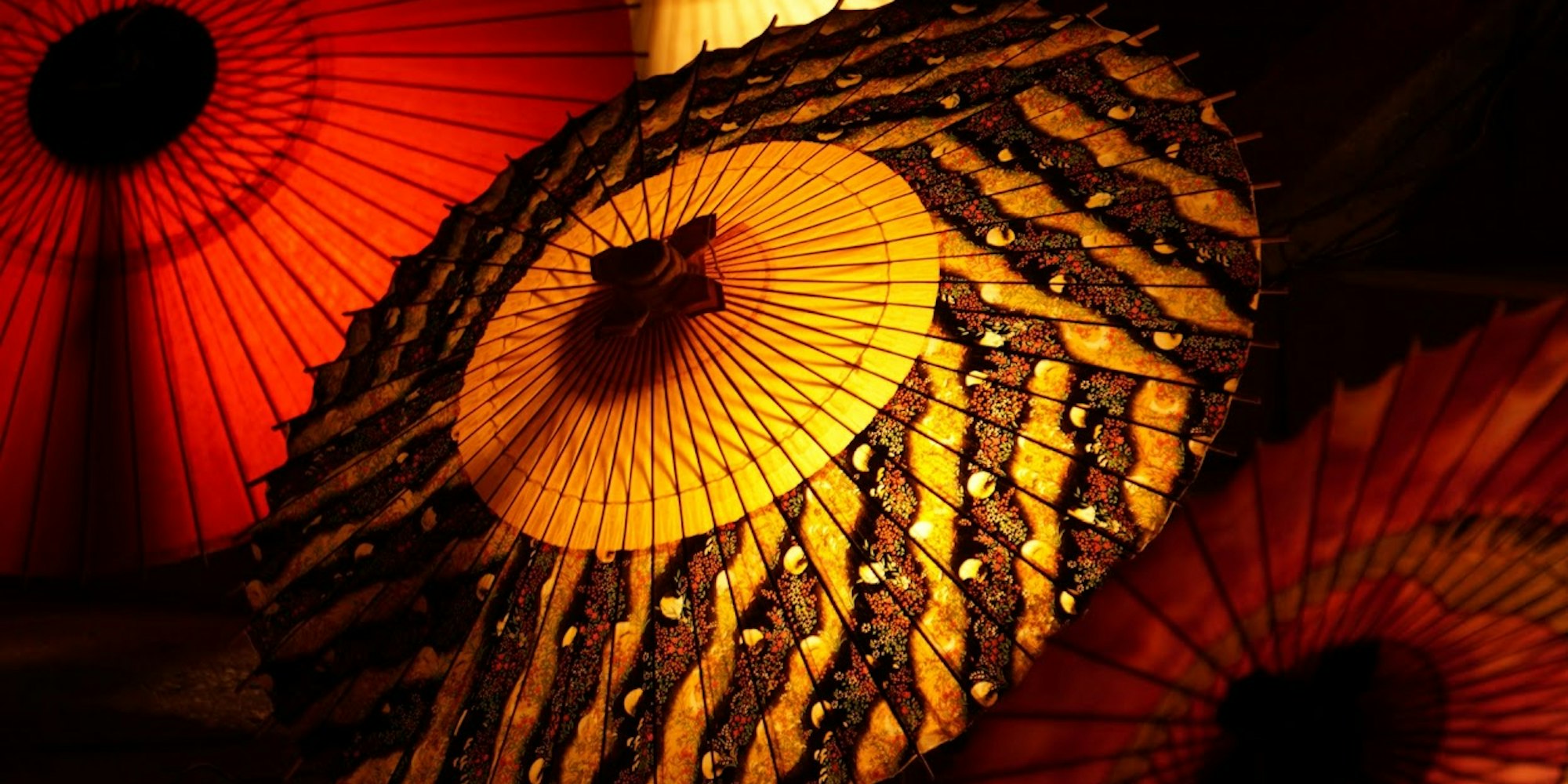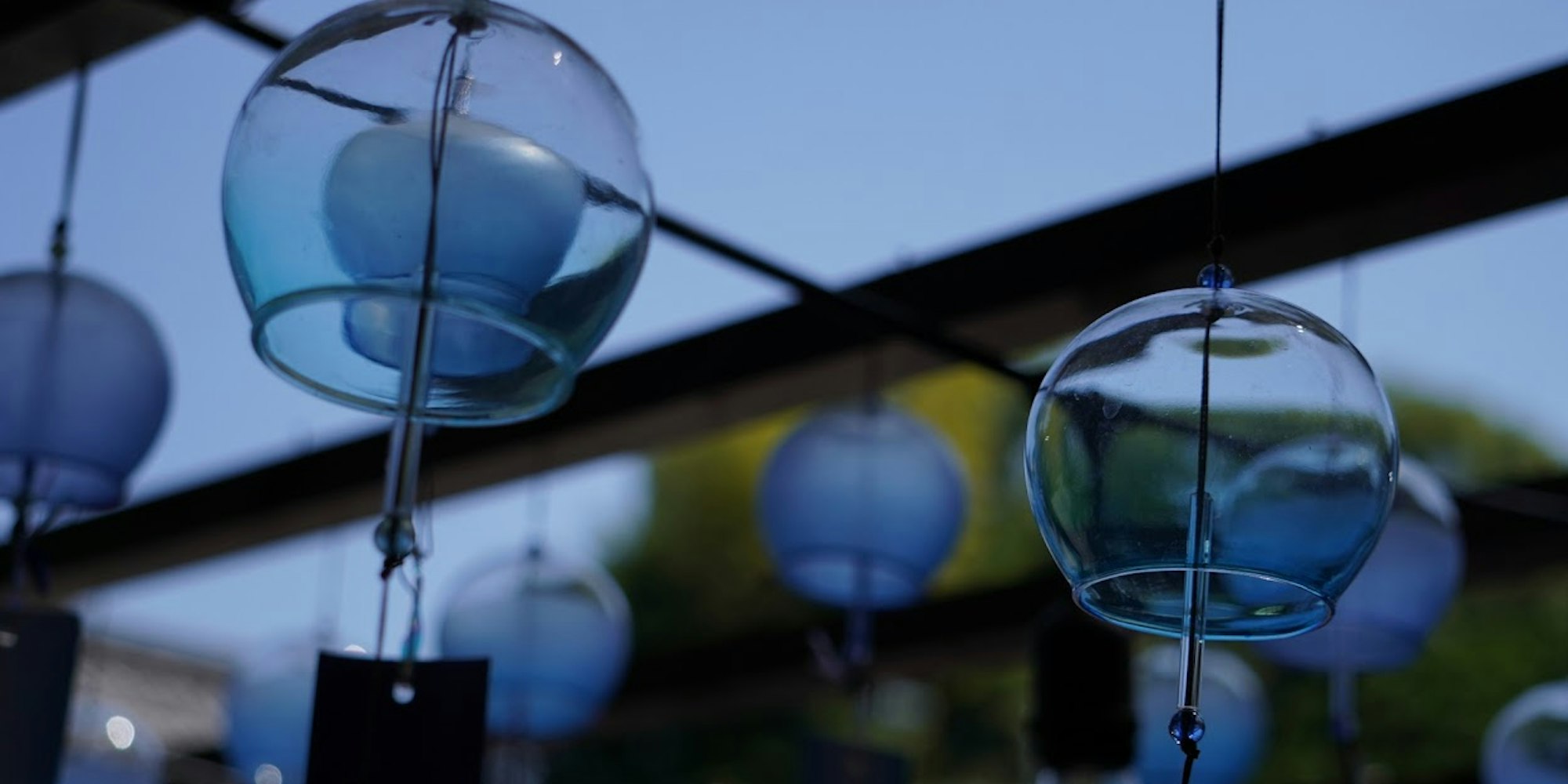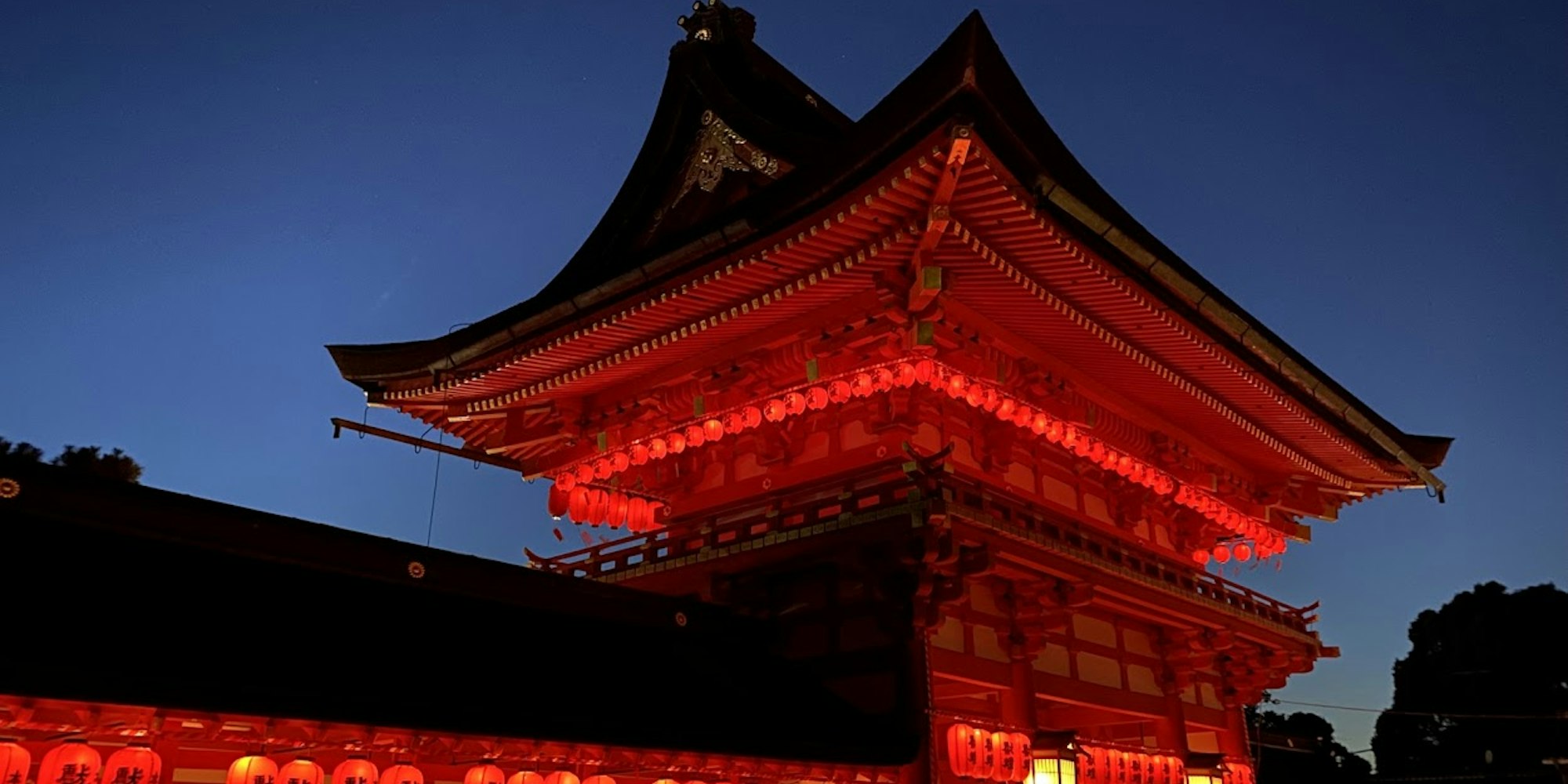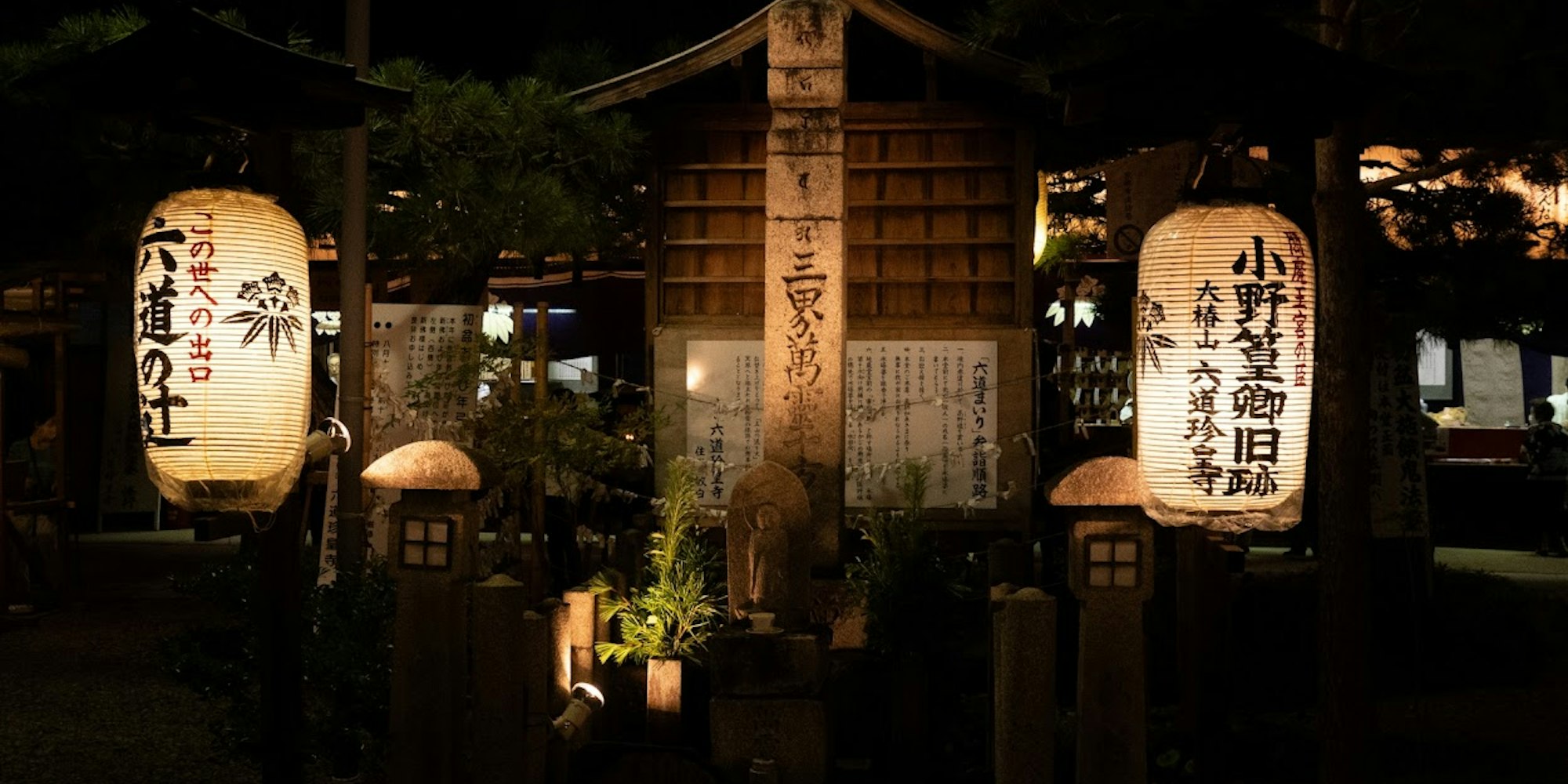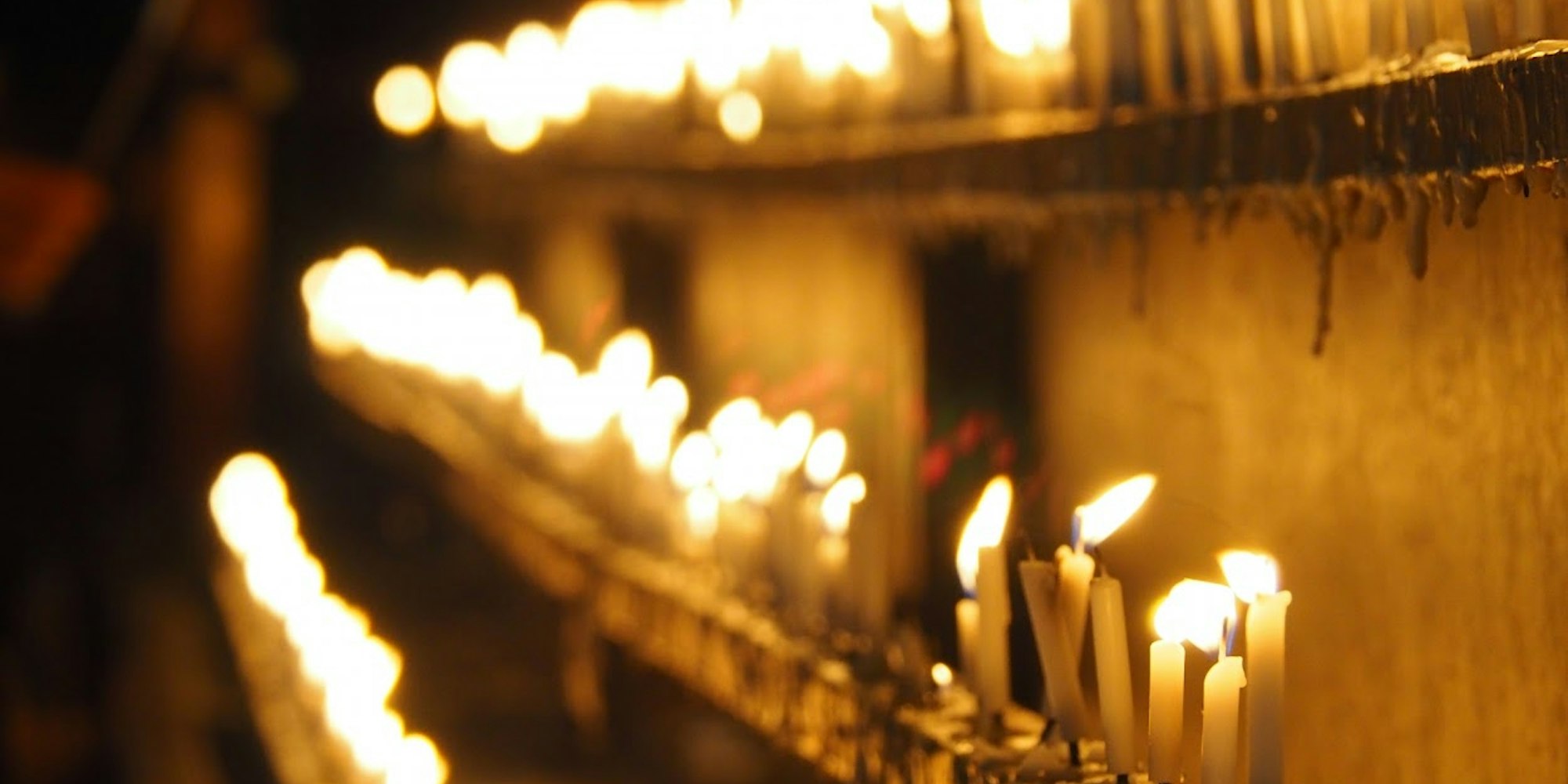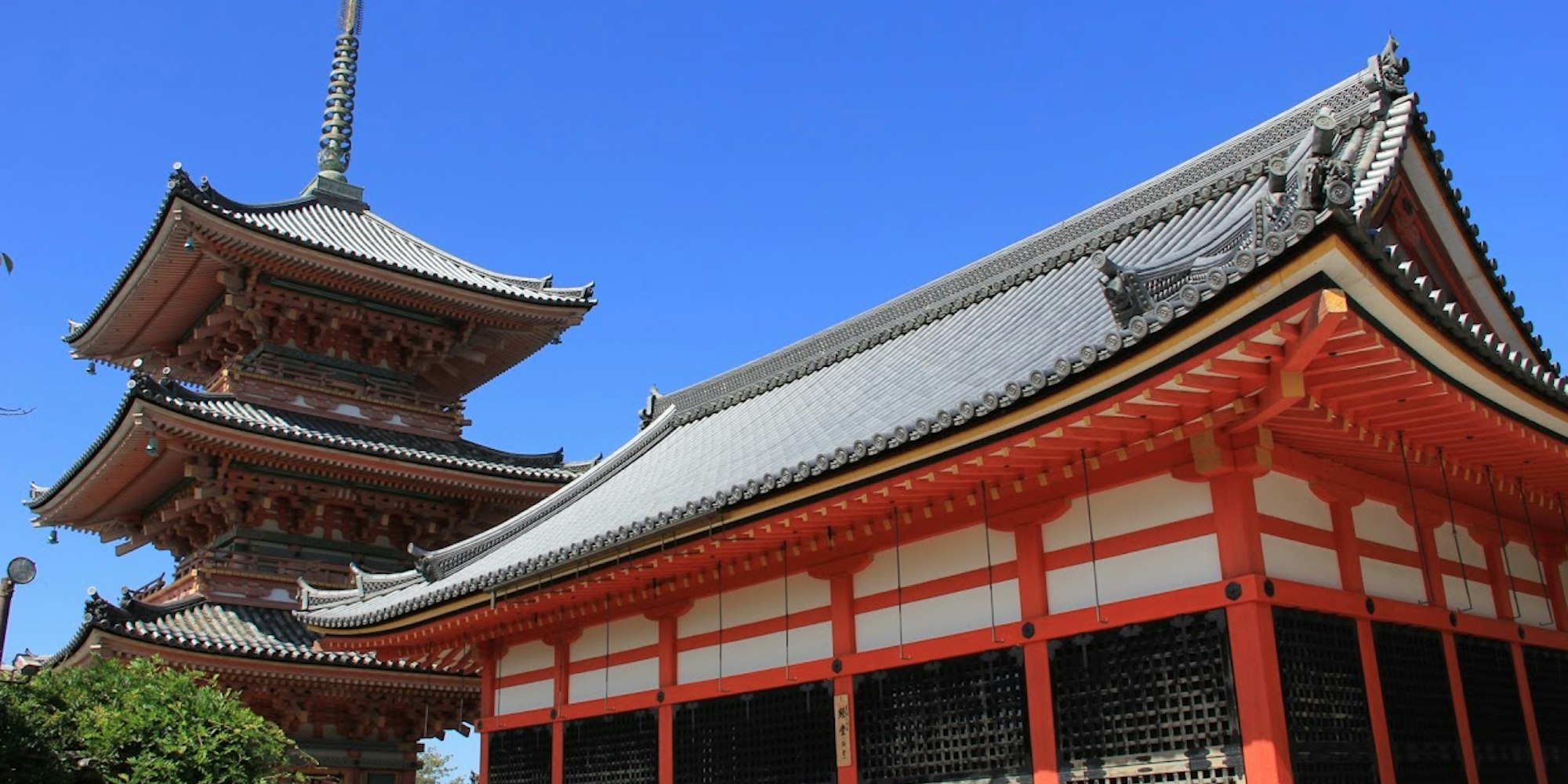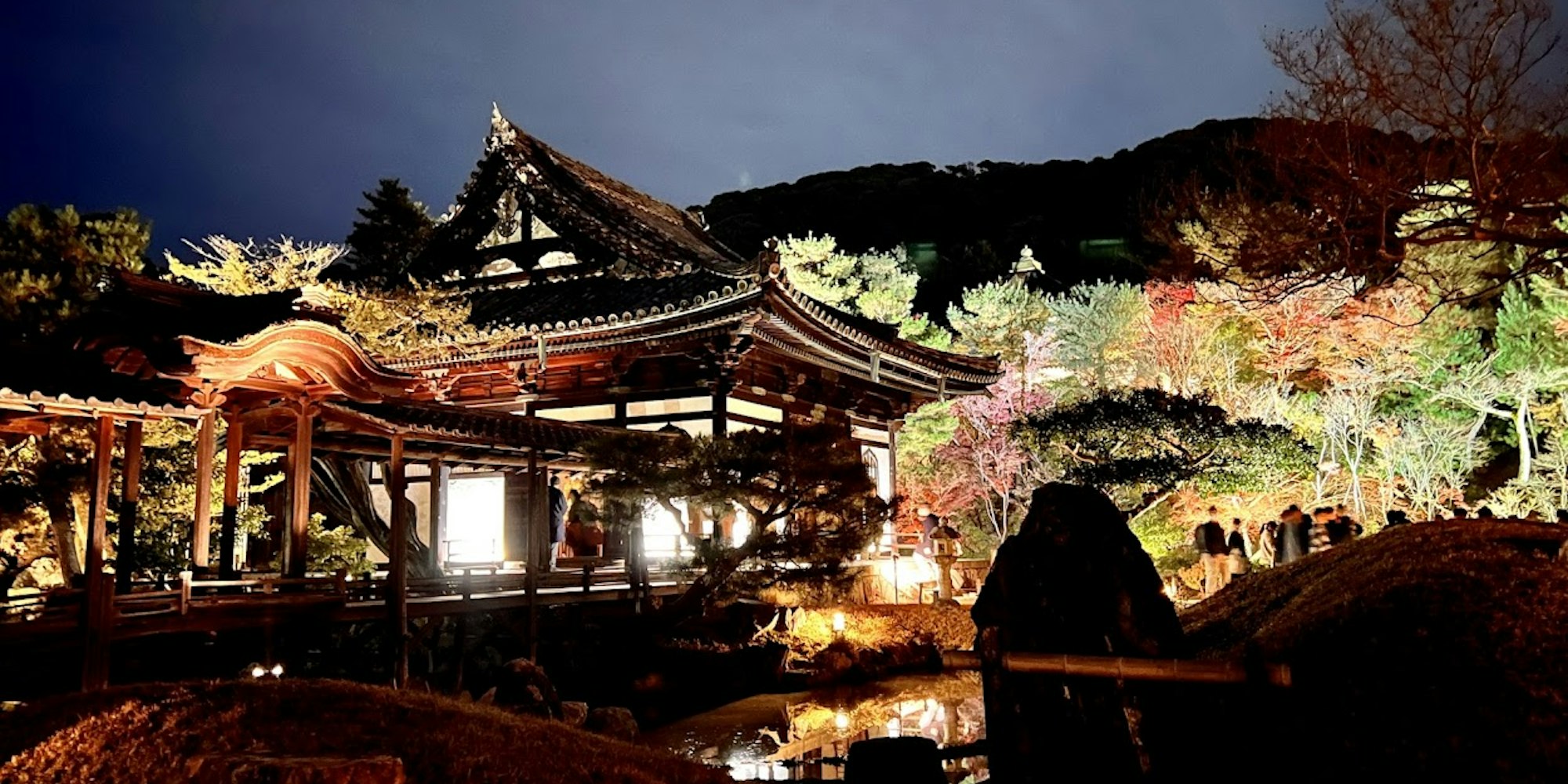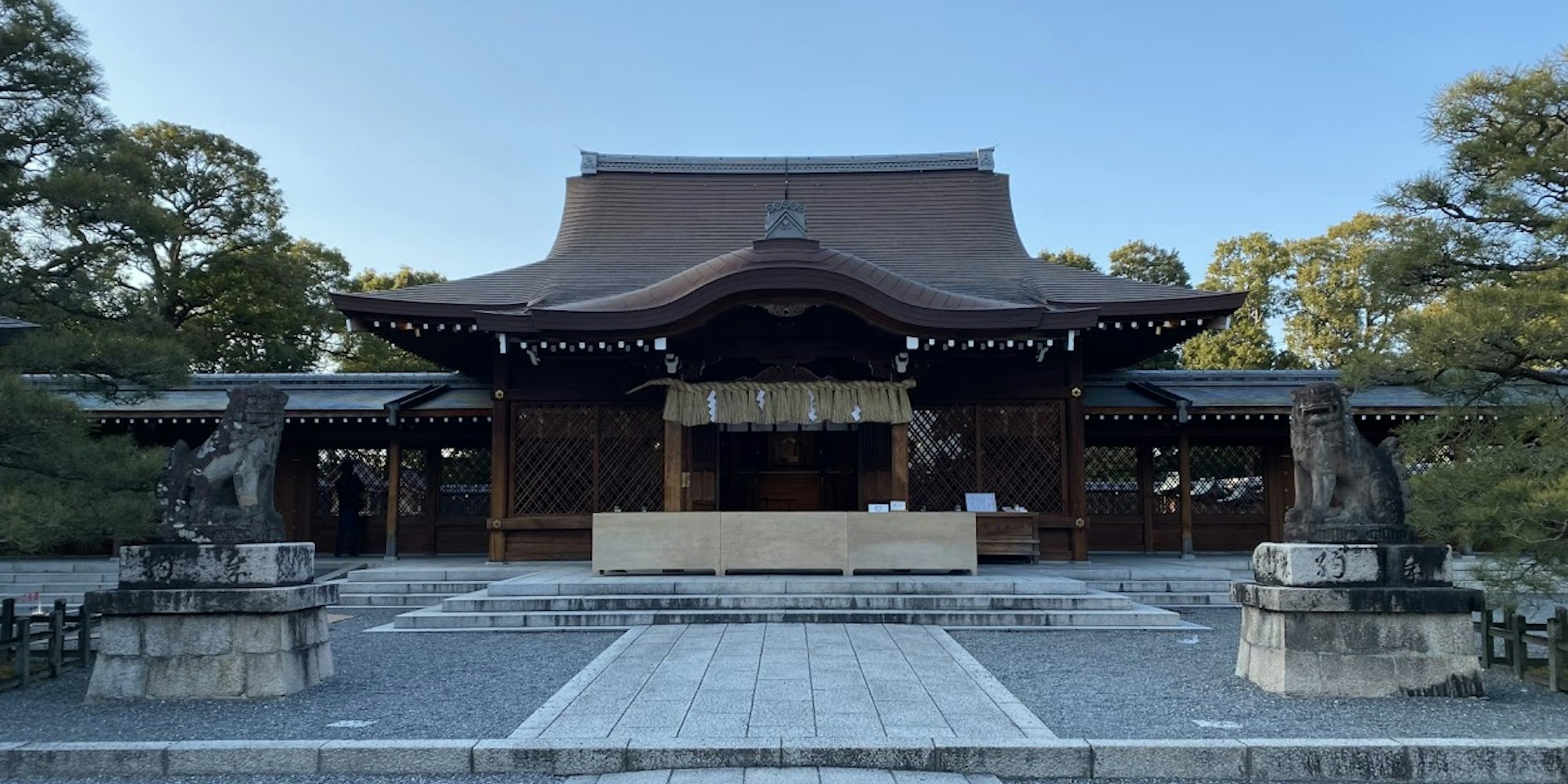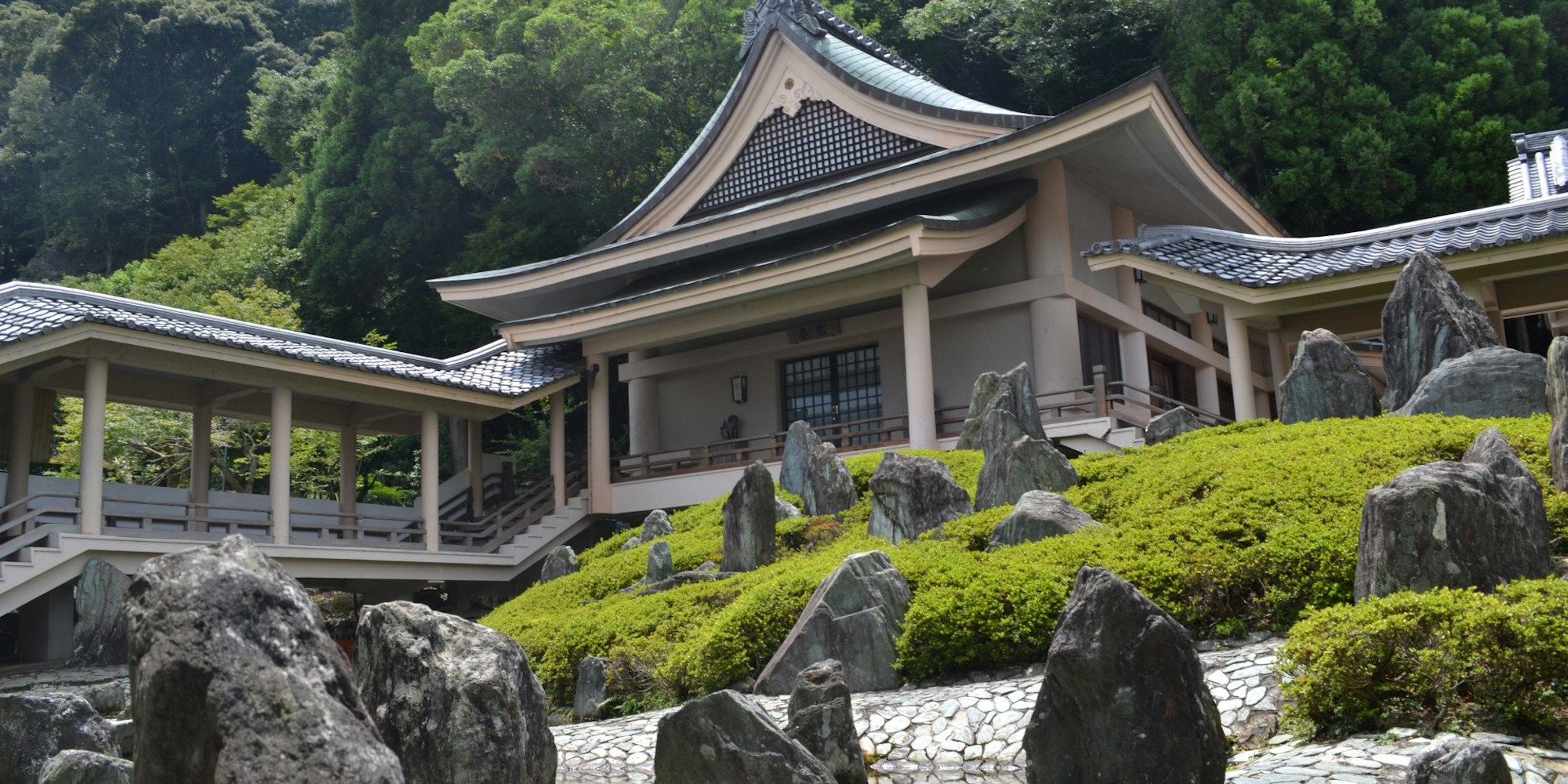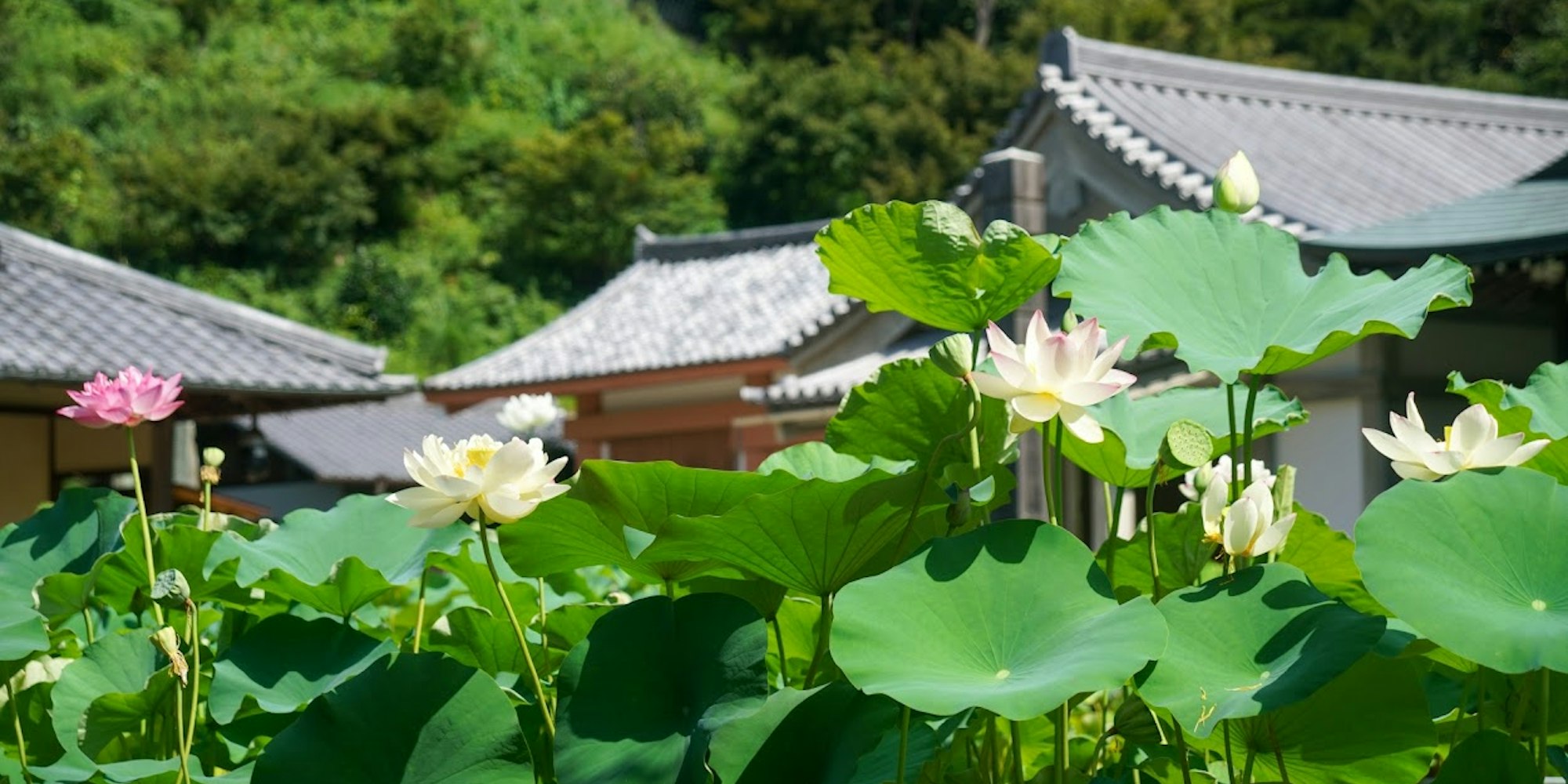July can be a hot season with some sweltering days. We need to be aware of the summer heat while taking care of our health.
However, summer is also a season that makes us feel energetic. In this article, we'll introduce must-see festivals, events, and tourist spots if you're visiting Kyoto in July.
If you're planning a trip to Kyoto in July, please read on to the end.
6 Recommended Festivals & Events for Kyoto Sightseeing in July
In July, Kyoto hosts various events, including festivals that embody the essence of Japan.
Here are 6 recommended festivals and events for your July Kyoto sightseeing. Please enjoy them.
Gion Festival
The Gion Festival is a large-scale event that can be called the epitome of Kyoto's summer festivals. It's held throughout July at various locations in the city, centered around Yasaka Shrine.
Originating in the early Heian period, this historic event has been passed down to modern times.
The main attraction is the Yamahoko Junko (float procession), where 33 decorated floats parade through the main festival route. From the 10th, you can also witness the impressive sight of craftsmen assembling the 25-meter-high floats.
This festival embodies the essence of Kyoto, Japanese culture, and history, so if you're visiting Kyoto in July, it's definitely worth attending.
Period: July 1st - 31st
Location: Various places in the city, centered around Yasaka Shrine
Mizumatsuri (Water Festival)
The Mizumatsuri is a Tanabata (Star Festival) event held annually on July 7th at Kifune Shrine.
Kifune Shrine is dedicated to the deity of water, and the Mizumatsuri is held to express gratitude and pray for the blessings of water.
Unlike typical lively festivals, the Mizumatsuri is conducted quietly and solemnly. It's an adult-oriented event featuring tea offering ceremonies and gagaku (ancient court music) performances.
In the tea offering ceremony, tea is presented because of its strong connection to water. The gagaku performance, conducted in a quiet atmosphere, offers a powerful and mystical experience.
Date: July 7th
Location: Kifune Shrine (180 Kurama Kibune-cho, Sakyo-ku, Kyoto)
Wind Chime Festival
The Wind Chime Festival is held at Shojuin Temple, also known as the "Wind Chime Temple." It runs annually from June to September, with over 2,000 wind chimes decorating the temple grounds.
It began with the wish to provide a sense of coolness in the summer at Shojuin, which is famous as a summer retreat, by resonating the sound of wind chimes.
The wind chimes are collected from all 47 prefectures in Japan, with various shapes, sounds, and colors. It's a cool summer festival beloved by many for its visual and auditory appeal. The scenery is perfect for wearing yukata and using fans, so it's recommended to visit in yukata.
Incidentally, you can also experience wind chime painting at the festival and take home your own creation.
Period: June - September
Location: Shojuin Temple (149 Okuyamada Kawakami, Ujitawara-cho, Tsuzuki-gun, Kyoto Prefecture)
Yoimiya Festival and Honguu Festival
The Yoimiya Festival and Honguu Festival are summer festivals held at Fushimi Inari Taisha, one of Kyoto's most popular spots. The Yoimiya Festival starts at 6 PM, while the Honguu Festival begins at 9 AM, so be mindful of the timing if you plan to attend.
These festivals are held to coincide with the beginning of Doyo (midsummer) period. Worshippers from all over the country who enshrine the divided spirit of Inari Okami gather to express gratitude for daily blessings.
During the Yoimiya Festival, thousands of lanterns illuminate Inari Mountain and the entire shrine grounds, creating a fantastical scenery. It's a special day when the already impressive Fushimi Inari Taisha with its thousand torii gates becomes even more magical.
Period: Late July
Location: Fushimi Inari Taisha (68 Fukakusa Yabunouchicho, Fushimi-ku, Kyoto)
Emma Mairi and Special Temple Treasure Exhibition
Rokudochinnouji Temple is known for its Rokudo Mairi in August. The Emma Mairi and Special Temple Treasure Exhibition are held on the closest three-day weekend to July 16th, which is the great fasting day of Emma-sama (the King of Hell) during the Obon festival.
It's a festival to pray for good health and longevity, so please consider visiting.
The Special Temple Treasure Exhibition displays the temple's treasures, including hell scrolls. It's a chance to see up close the "Well of Meido Passage" and the "Well of Return from the Underworld."
During this period, you can also receive a limited edition goshuin (temple stamp). As it's a special offering only available on these days, it's recommended for those who collect goshuin.
Period: Mid-July
Location: Rokudochinnouji Temple (595 Komatsucho, Higashiyama-ku, Kyoto)
Mitarashi Festival
The Mitarashi Festival is held at Shimogamo Shrine for 10 days around the Day of the Ox in midsummer every year. It's a beloved summer festival full of energy and vibrancy, different from usual.
Originating from a purification custom in the Heian period, it continues today as a ritual to pray for good health. A notable feature is the ability to wade knee-deep in the Mitarashi Pond to cleanse sins and impurities, which is also believed to be beneficial for preventing epidemics and ensuring safe childbirth.
Dipping your feet in the cold water can help alleviate the summer heat. It's recommended for those who want to enjoy a relaxing festival while cooling off.
If you extend your visit to the nearby summer night market, you can also enjoy delicious food.
Period: Late July (10 days around the Day of the Ox in midsummer)
Location: Shimogamo Shrine (59 Shimogamo Izumigawacho, Sakyo-ku, Kyoto)
Kyoto's Tourist Spots Are Also Attractive in July
Here's the translation of the specified part of the blog post:
While July in Kyoto is filled with festivals and events, you can't miss out on the classic tourist spots.
Here, we introduce six recommended tourist spots for July.
Kodai-ji Temple
Kodai-ji Temple is known for its connection to Kitano Mandokoro Nene and Toyotomi Hideyoshi. It was founded in 1606 by Nene to commemorate Hideyoshi.
Passing through the middle gate, you'll find the Kaizando Hall, an important cultural property, allowing you to see this valuable building from the temple's founding up close. Walking along the roofed corridor, you'll be surrounded by beautiful nature, perfect for spending a relaxing time. The bamboo grove, maki-e lacquerwork, and gardens are all beautiful, making this temple a popular tourist spot often mentioned for its many attractions.
■ Tanabata Festival
Kodai-ji holds a special nighttime viewing during Tanabata. The illuminated temple grounds are beautiful, and combined with the Tanabata decorations, visitors can enjoy a scenic view full of atmosphere.
This special nighttime viewing is only for two days and allows for later viewing than usual, making it a hidden gem among visitors.
Address: 526 Shimokawara-cho, Kodaiji, Higashiyama-ku, Kyoto City
Access: 7-minute walk from Higashiyama Yasui bus stop
Viewing hours: 9:00 - 17:30
Admission fee: Adults 600 yen, Junior high school students 250 yen
Jonangu Shrine
Jonangu Shrine is a historic shrine founded during the Heian capital relocation. It has been worshipped as a deity for warding off evil and has supported many people throughout its long history.
The shrine buildings, which strongly retain the elegant Heian style, are impressive and captivate visitors. The garden "Rakusui-en" features intricate designs including the Spring Mountain, Heian, Muromachi, Momoyama, and Jonan Detached Palace gardens. It's recommended to take your time exploring. In summer, you can enjoy the beautiful and refreshing scenery of new greenery.
■ Annual Festival and Cooling Event
Jonangu Shrine holds its annual festival and cooling event in late July. Around 6 PM, two ice pillars are offered at the Kagura Hall, praying for protection from evil and good health.
Touch the ice pillars to ward off the heat and offer your prayers.
You can also watch the cooling Kagura dance backstage. Why not pray for health and protection from evil through these summer-themed events?
Address: 7 Nakajima Tobarikyucho, Fushimi-ku, Kyoto City
Access: 5-minute walk from Jonangu Higashiguchi bus stop
Opening hours: 9:00 - 16:30
Admission fee: Free
Matsuo Taisha Shrine
Matsuo Taisha is a unique shrine that enshrines the god of sake. It's also known as a famous spot for kerria flowers that bloom in the shrine grounds from April to May.
There are various attractions in the shrine grounds, including gardens and cultural properties, so it's good to take your time exploring. The sake museum and barrel fortune-telling are unique to Matsuo Taisha, so be sure to check them out.
However, due to the focus on sake-related topics, it may not be suitable for families with children.
■ Onda Festival
The Onda Festival has been passed down at Matsuo Taisha since the Meiji era. It's said that one woman from each of three villages was chosen as a "planting woman" to perform rituals and pray for protection against insects.
Designated as an intangible folk cultural property of Kyoto City, you can still observe the ritual where three planting women circle the worship hall three times, each holding a different flute.
Address: 3 Arashiyama Minamachi, Nishikyo-ku, Kyoto City
Access: About 3-minute walk from Matsuo Taisha Station
Opening hours: 9:00 - 16:30 (until 16:00 on weekdays and Saturdays)
Admission fee: Adults 500 yen, Students 400 yen, Children 300 yen
Mimurotoji Temple
Mimurotoji Temple is famous as one of Kyoto's top flower-viewing spots. Early summer is particularly recommended as colorful flowers bloom, creating a beautiful landscape.
With a long history dating back to the Nara period, it has been revered by imperial family members and nobles. Along with the Amida Hall, Bell Tower, and Three-storied Pagoda, it's designated as a Kyoto Prefecture cultural property, so be sure to tour the buildings as well as enjoy the flowers. The temple grounds are lined with unique stone statues, so take photos and touch them to receive blessings.
■ Lotus Sake Enjoyment Event
Lotus sake, seen at various places in Kyoto during summer, is an event where sake is poured through a lotus leaf and drunk through the stem to pray for health maintenance and longevity.
This event is held at Mimurotoji from June to August, but it's limited to the first 300 participants, so it's recommended to visit early if you want to participate.
Address: 21 Uji-shi Tonoshima Shiga-dani, Kyoto Prefecture
Access: 15-minute walk from Keihan Mimurotoji Station
Opening hours: 8:30 - 16:30
Admission fee: Adults 500 yen, Children 300 yen
Hyoe Cafe (Hyoe Kafe) is a hidden gem operated by Oku Kifune Hyoe. It's a popular spot for tourists to relax, offering cafe drinks and lunch. With a variety of delicious coffee, Japanese sweets, and matcha drinks on the menu, it's a great place to visit with friends or partners.
■ Kifune's Kawadoko
The kawadoko (riverside dining platforms) opened every summer are a special attraction. This unique cafe experience allows you to spend time in a scenic setting above the river, listening to the sounds of water and rustling leaves.
It's recommended to enjoy cafe time with sweets and drinks, or have a proper meal from the lunch menu. As it can get crowded and reception may close before 4 PM, it's best to arrive early.
Address:
101 Kurama Kifune-cho, Sakyo-ku, Kyoto City, Kyoto Prefecture
Access:
13-minute walk from Kifune Bus Stop
Opening Hours:
11:00 - Last Order 16:00
Seating Fee:
500 yen per person
